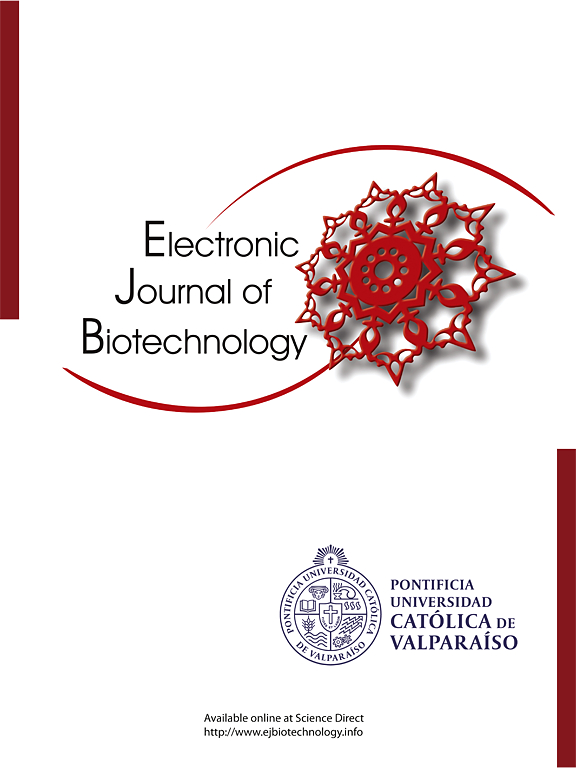Application of mitochondrial genomes to species identification and evolution
IF 2.5
4区 生物学
Q3 BIOTECHNOLOGY & APPLIED MICROBIOLOGY
引用次数: 0
Abstract
Mitochondrial genomes (mtDNA) have become invaluable in species classification and evolutionary studies due to their unique characteristics, including maternal inheritance, and high mutation rates. This review examines the application of mtDNA in tracing evolutionary history, elucidating phylogenetic relationships, and understanding mechanisms of species divergence. The evolution of mitochondrial DNA research from its initial focus on energy metabolism to its current role in biodiversity assessments highlights its significance in modern biology. Mitochondrial DNA barcoding, particularly utilizing the cytochrome c oxidase I (COI) gene, has revolutionized species identification, enabling rapid and accurate classification across diverse taxa. The article further explores the implications of mtDNA in understanding adaptive evolution, as genetic variations within mitochondrial genomes can reveal insights into how species respond to environmental pressures. However, challenges such as gene mixing, hybridization, and incomplete lineage sorting can complicate interpretations of mtDNA data. Thus, integrating mitochondrial with nuclear genome data is advocated to provide a comprehensive view of species relationships and evolutionary patterns. Future research directions emphasize the need for multi-genome studies, investigations into ecological adaptations, and exploration of understudied taxa and ecosystems, which are crucial for enhancing our understanding of biodiversity and informing conservation strategies.
How to cite: Xing B, Lin L, Wu Q. Application of mitochondrial genomes to species identification and evolution. Electron J Biotechnol 2025;76. https://doi.org/10.1016/j.ejbt.2025.04.001.

线粒体基因组在物种鉴定和进化中的应用
线粒体基因组(mtDNA)由于其独特的特征,包括母系遗传和高突变率,在物种分类和进化研究中变得非常宝贵。本文综述了mtDNA在追溯进化历史、阐明系统发育关系和理解物种分化机制方面的应用。线粒体DNA研究从最初关注能量代谢到目前在生物多样性评估中的作用的演变凸显了其在现代生物学中的重要意义。线粒体DNA条形码,特别是利用细胞色素c氧化酶I (COI)基因,已经彻底改变了物种鉴定,使不同分类群之间的快速和准确分类成为可能。本文进一步探讨了mtDNA在理解适应性进化中的意义,因为线粒体基因组中的遗传变异可以揭示物种如何应对环境压力。然而,诸如基因混合、杂交和不完整谱系分类等挑战会使mtDNA数据的解释复杂化。因此,建议将线粒体与核基因组数据整合起来,以提供对物种关系和进化模式的全面看法。未来的研究方向强调多基因组研究、生态适应性研究以及对未被充分研究的分类群和生态系统的探索,这对提高我们对生物多样性的认识和制定保护策略至关重要。邢斌,林林,吴强。线粒体基因组在物种鉴定和进化中的应用。中国生物医学工程学报(英文版);2009;16。https://doi.org/10.1016/j.ejbt.2025.04.001。
本文章由计算机程序翻译,如有差异,请以英文原文为准。
求助全文
约1分钟内获得全文
求助全文
来源期刊

Electronic Journal of Biotechnology
工程技术-生物工程与应用微生物
CiteScore
5.60
自引率
0.00%
发文量
50
审稿时长
2 months
期刊介绍:
Electronic Journal of Biotechnology is an international scientific electronic journal, which publishes papers from all areas related to Biotechnology. It covers from molecular biology and the chemistry of biological processes to aquatic and earth environmental aspects, computational applications, policy and ethical issues directly related to Biotechnology.
The journal provides an effective way to publish research and review articles and short communications, video material, animation sequences and 3D are also accepted to support and enhance articles. The articles will be examined by a scientific committee and anonymous evaluators and published every two months in HTML and PDF formats (January 15th , March 15th, May 15th, July 15th, September 15th, November 15th).
The following areas are covered in the Journal:
• Animal Biotechnology
• Biofilms
• Bioinformatics
• Biomedicine
• Biopolicies of International Cooperation
• Biosafety
• Biotechnology Industry
• Biotechnology of Human Disorders
• Chemical Engineering
• Environmental Biotechnology
• Food Biotechnology
• Marine Biotechnology
• Microbial Biotechnology
• Molecular Biology and Genetics
•Nanobiotechnology
• Omics
• Plant Biotechnology
• Process Biotechnology
• Process Chemistry and Technology
• Tissue Engineering
 求助内容:
求助内容: 应助结果提醒方式:
应助结果提醒方式:


